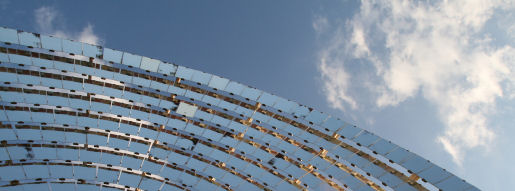|
Energy efficiencyEnergy efficiency in homes is now required by European legislation. There are 21 million homes in the UK which account for 27% of the CO2 emissions. 44% of energy is spent on heating, 33% on cooking, lighting and appliances, 14% on water heating and 9% on running a fridge. Aside from doing the things that we all know about - insulating the loft, getting in cavity wall insulation, replacing windows so that you have double glazing and fitting draft excluders, saving money by effective insulation is pretty limited on older houses. The best time to design in energy efficiency is when a house or apartment is being built. The 
Government's stated goal is for every new home to be carbon neutral by 2016 which means that new homes will be cheaper to run and therefore potentially have a higher rent compared to older homes. Building regulations these days design in energy savings for every extension and alteration when it comes to granting planning permission. Energy consumption can be reduced by using renewable energy orgenerating your own energy by using wind, solar, geo thermal or waste products. Solar water heating systems can provide pretty much all hot water during summer months and half during thr winter months. For domestic hot water ther are three main componebts, solar panels, a heat transfer system and a hot water cylindrer. Solar PV or photovoltaic requires just daylighjt not sunlight to make electricity and PV cells can be used to replace building materials eg roof tles, cladding and panels. Geothermal heat pumps can take energy from the ground and convertthisinto energy for space heating. Wind turbines are used to generate electricity. These need uninterrupted supply of wind to perform well and require planning permission. These are new initiaves that will help us all reduce the amount spent when powering all homes. Return from Energy Efficiency to self Build Mortgages
|



